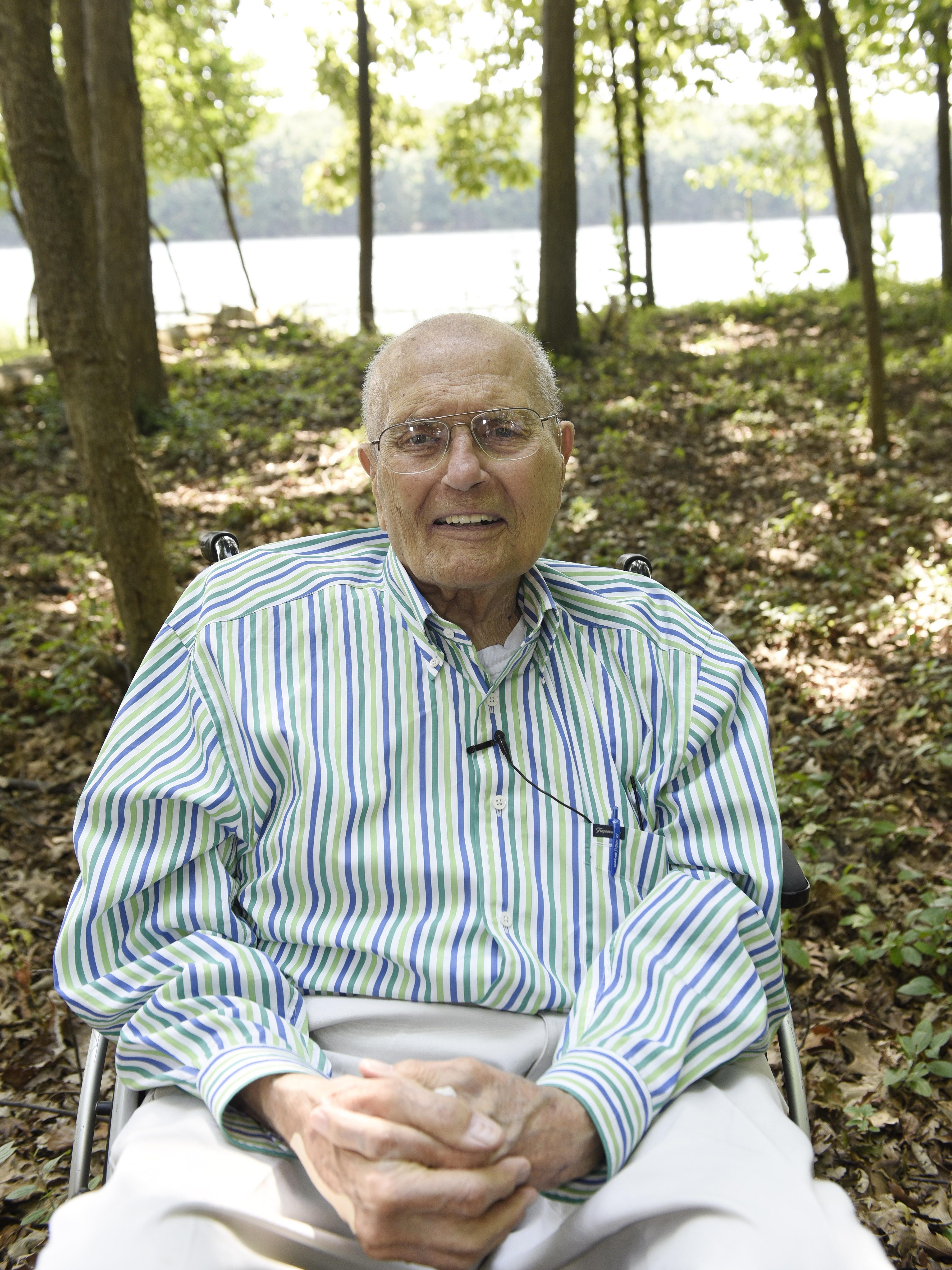Environmental pioneer John Dingell had ‘conservation in his roots’

John Dingell not only sponsored some of the nation’s landmark conservation laws during his 59-year career, but he also helped launch one of the most dramatic environmental recoveries in the nation.
"I've been an environmentalist since long before it was cool," he wrote in his 2018 book, "The Dean: The Best Seat in the House."
Dingell helped write and sometimes rewrite major parts of the Clean Air, Clean Water, Endangered Species and National Environmental Policy acts.
Dingell has “had his hand and his mark in virtually every environmental bill that’s passed in the last 50 some years — the entire modern environmental movement,” said Lana Pollack, a former state senator and past president of the Michigan Environmental Council.
Pollack was among the environmentalists who pushed for the auto industry to move more quickly on raising fuel efficiency standards.
“We never doubted his commitment or his record on environmental conservation programs,” she said, “because everything we use to protect the environment, he'd been either primary author or significant author. ... The Great Lakes would still be burning if it weren't for those laws.”
The Dearborn Democrat hunted and fished with his father from a young age, writing in his book that "spending time in nature is what made a conservationist of me, my father, and Teddy Roosevelt."
He took summer jobs in the Park Service in the late 1940s, and when he was elected to Congress joined the Merchant Marine and Fisheries Committee, "where the heavy lifting on conservation happened."
His lifelong love for the outdoors led him to work on projects close to home, such as creating the Detroit River International Wildlife Refuge and the River Raisin National Battlefield Park in Monroe.
One of his most personal efforts was contributing to the cleanup of parts of Metro Detroit where the World War II production of tanks and bombers during the 1940s resulted in the discharge of millions of gallons of oil and grease.
It was enough to pollute the entire western basin of Lake Erie, said John Hartig, refuge manager of the Detroit River International Wildlife Refuge, which named a visitor center in Trenton after Dingell.
The contamination was so bad the Rouge River caught fire in October 1969, shooting flames 50 feet into the air, he said.

But after a more than $1 billion cleanup, Hartig said, fish are flourishing in the Rouge, bald eagles are nesting and the Detroit River is home to the nation's only international wildlife refuge.
“It's one of the single most dramatic ecological recovery stories in North America,” Hartig said. “John Dingell helped lay the foundation for that.”
The office of the congressman, a longtime sportsman, was adorned with antlers, fish and pictures of hunting — including an outing with former President Bill Clinton.
Dingell marveled at the turnaround of the Detroit River area and even beyond his retirement from Congress continued to set out each day planning how to accumulate more land to expand the refuge.
“This is the thing that my dad and I used to talk about — how are we going to save the marshland around Lake Erie and down at the southern end of the Detroit River?” Dingell said.
He lamented efforts to weaken the Endangered Species Act, saying the idea of protecting species had become a "political issue."
"The Environmental Protection Agency and the White House are now run by people who seek to dismantle environmental protections so businesses can exploit the nation's resources in their further pursuit of the almighty dollar," he wrote in his book.
Reformers have argued that the law "has been ineffective at recovering endangered species. Where it has made an impact is in threatening private property use and effective land management," according to the Competitive Enterprise Institute, a Washington, D.C. research center.
His father — a congressman from 1933-55 — was behind the 1950 Dingell-Johnson Act to preserve fisheries and wetlands.
“John Dingell has conservation in his roots,” said Gildo Tori, director of public policy for Ducks Unlimited Great Lakes/Atlantic Region.
Tori credited Dingell's support for environmental restoration, including the use of the duck stamp and the 1989 North American Wetlands Conservation Act, with the improvement in local duck hunting.
Duck stamps are federal hunting licenses for migratory waterfowl that are also used as passes into federal wildlife refuges and help pay for buying wetlands.
“For a lot of duck hunters, the good old days are right now,” Tori said in 2013.
Contributions by Staff Writer Melissa Nann Burke and Marisa Schultz, former Detroit News staff writer.